One of the most popular infrastructure-as-a-code tools today, Terraform Enterprise works for small businesses and larger, enterprise-level corporations. Terraform Enterprise can support all public cloud platforms, also known as cloud-agnostic, but it can also work with the existing on-premise infrastructure of a company or organization.
Terraform Enterprise offers plenty of features that encourage collaboration and make the overall management of daily work practices more efficient. If you’ve been on the fence regarding the implementation of Terraform Enterprise, it’s crucial to understand what the employment of this platform might look like for you and if it makes sense for your company to use it in the first place. Understanding the capabilities and how they can improve your business are important considerations before taking the plunge regarding any software, Terraform included!
Understanding the Terraform Journey
There’s no question that the open-source version of Terraform Enterprise is the most popular. A massive reason for that is that companies typically begin using this version, utilizing a POC to work on growing an infrastructure. However, it’s common for many businesses to start using Enterprise over open-source as time passes and company needs evolve.
Launching your Terraform journey with a small team and a mutual understanding among that team regarding how to manage resources and files from a Terraform open-source perspective is advised. Companies use Terraform to configure the information they have stored in their cloud platform.
There’s no need to reconfigure and establish provisions all at once, so don’t be afraid to start slow, allowing Terraform to map out real-world (and real-time) resources that will assist in your application configuration and inevitably improve company performance.
Kicking off your company’s journey with Terraform means choosing the version that will keep you moving forward. Smaller teams will likely not need additional assistance other than the open-source version of Terraform to keep company-wide infrastructure in the right state.
However, as teams grow, or teams that are large from the start, will likely find a need to employ Terraform Enterprise. In a more substantial company, managing and maintaining the resources related to Terraform can become challenging. It’s common for administrative teams to develop a process using tools to help align Terraform’s integration.
While these new processes may help, there is often too much time spent creating a workflow that works around Terraform, which can defeat the original purpose of the software. Companies that work with remote teams need access to cloud service and better, more efficient access to cloud controls, and Terraform Enterprise can help safely manage that infrastructure. Still, companies need to determine the best way to implement a new way of doing without creating dependency on a specific team or team member.
Terraform Enterprise: Changing the Possibilities
Terraform Enterprise can change the way businesses of all sizes operate, but when employed incorrectly, it becomes a time-consuming challenge. In general, most digital modernization methods, including migration to the cloud, can harm business practices when done poorly. If you genuinely want to achieve operational efficiency, knowledge is the key.
The features that come with Terraform Enterprise consist of most things that global development, operations, and IT teams are building from scratch. Not only does it have the capabilities that companies continue to chase through the modernization of legacy systems, but it can also assist in securely and consistently building infrastructure.
Let’s discuss some of the features that you’ll find with Terraform Enterprise, some of which may not apply to small businesses with few team members but still contain information that will be valuable in the future.
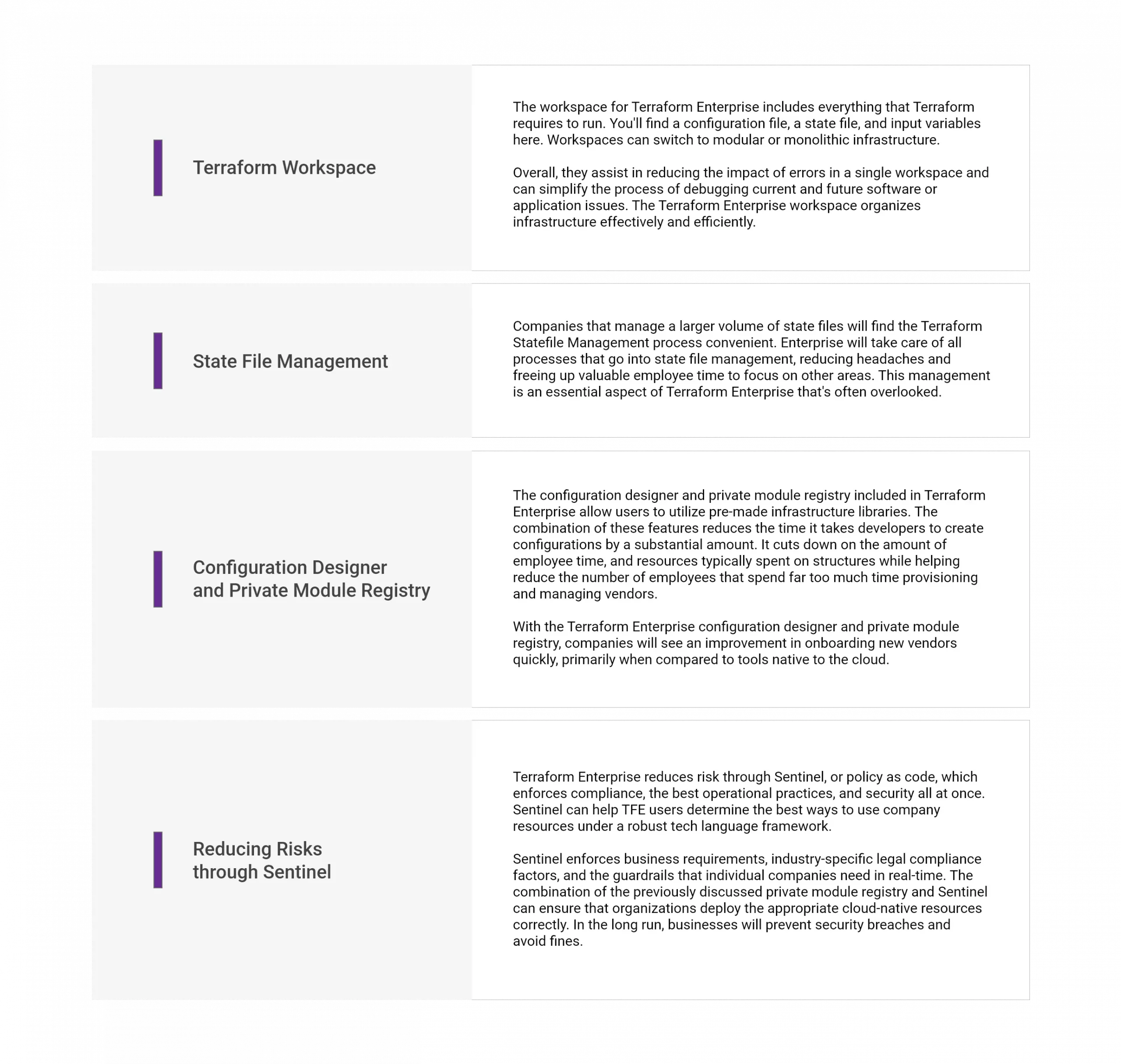
Choosing Terraform Enterprise
When choosing to implement a program like Terraform Enterprise, there is much to consider. First, it’s crucial to have a company team on hand that knows how to employ something like Terraform, or else you’ll end up working on new, unnecessary programs to help it function.
When you’ve got the teams in place, Terraform Enterprise is absolutely something to consider. From the collaboration capabilities to controlling cloud costs, Terraform Enterprise can be a saving grace for many businesses struggling to implement a time-saving workflow.



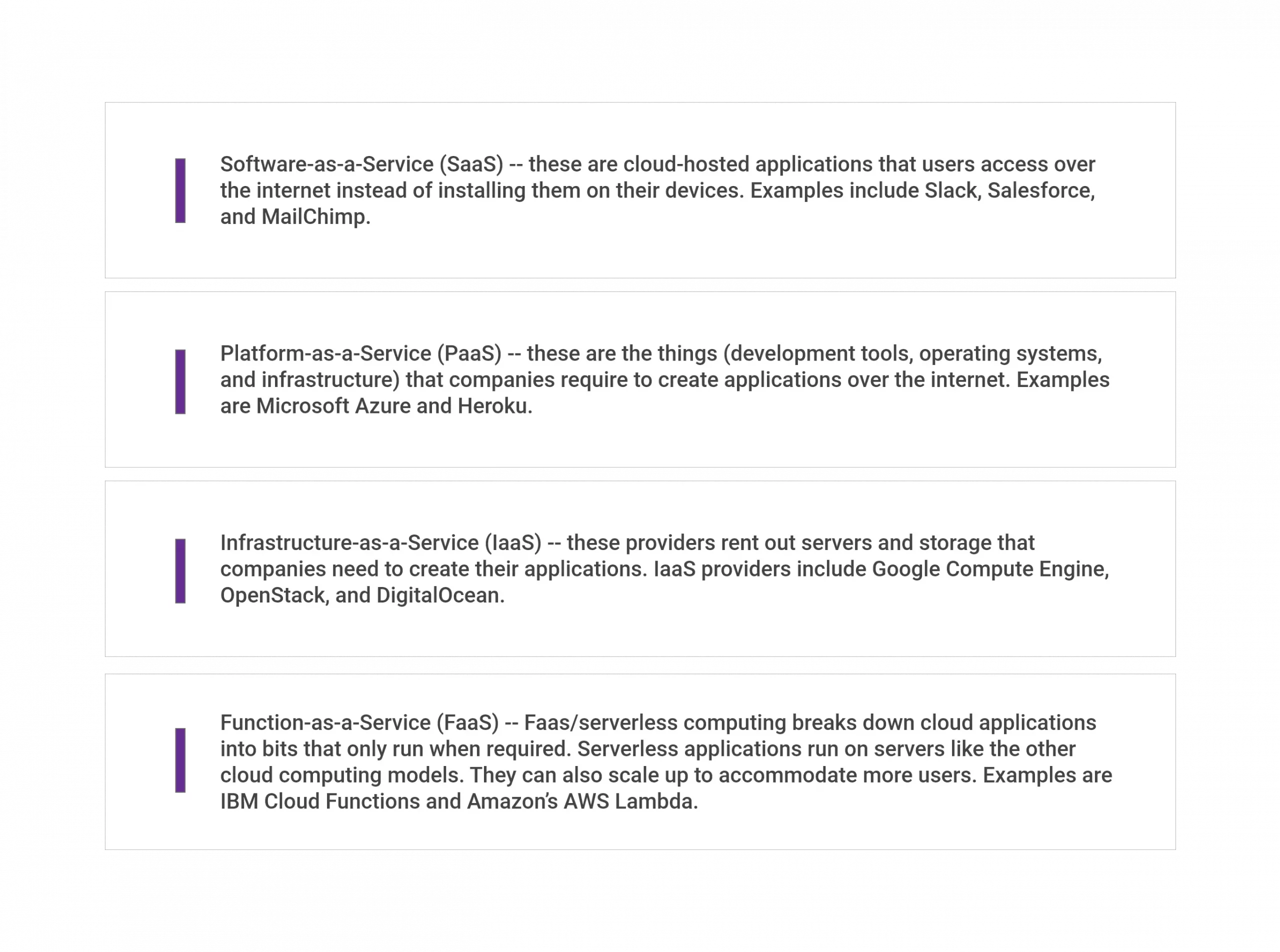
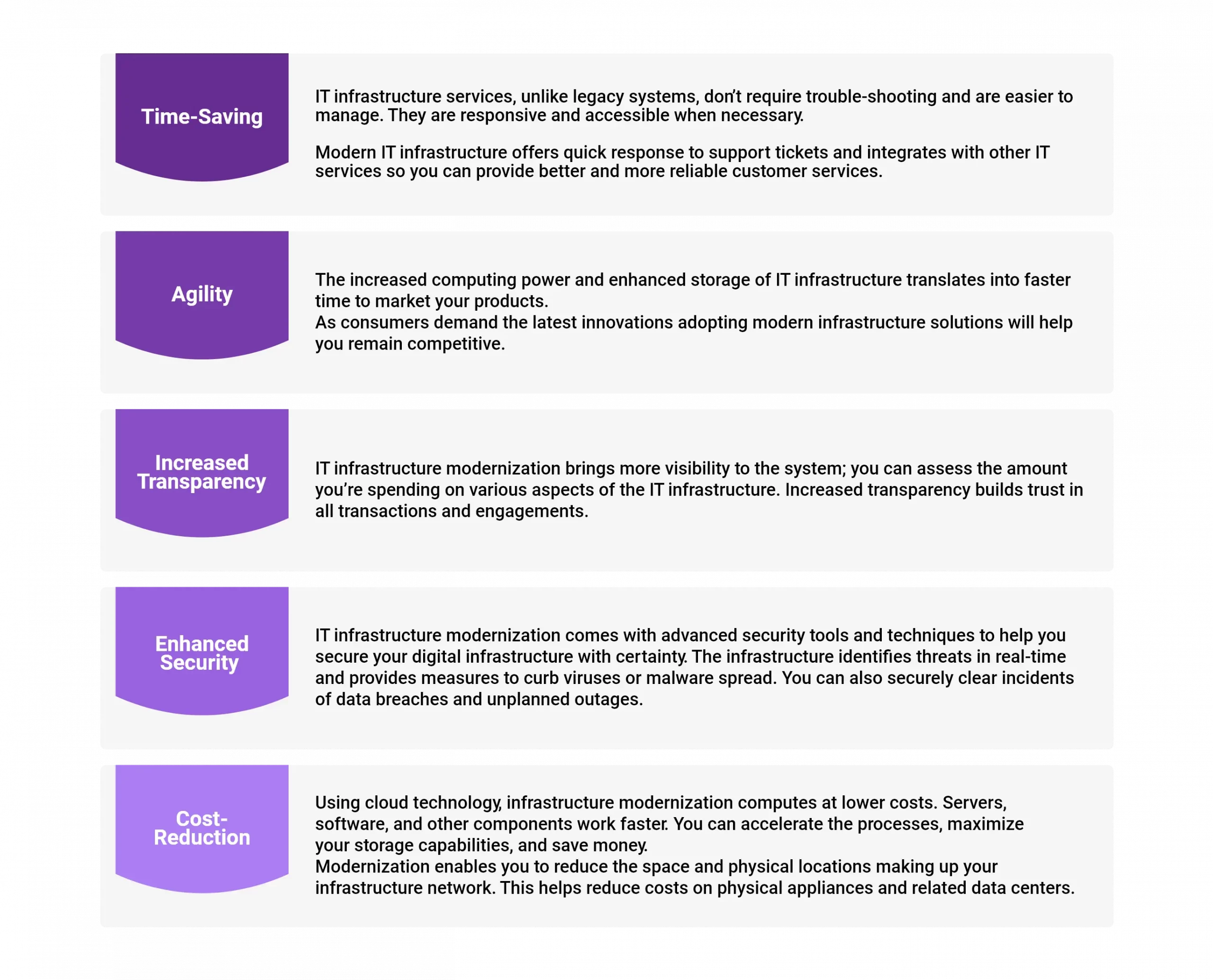




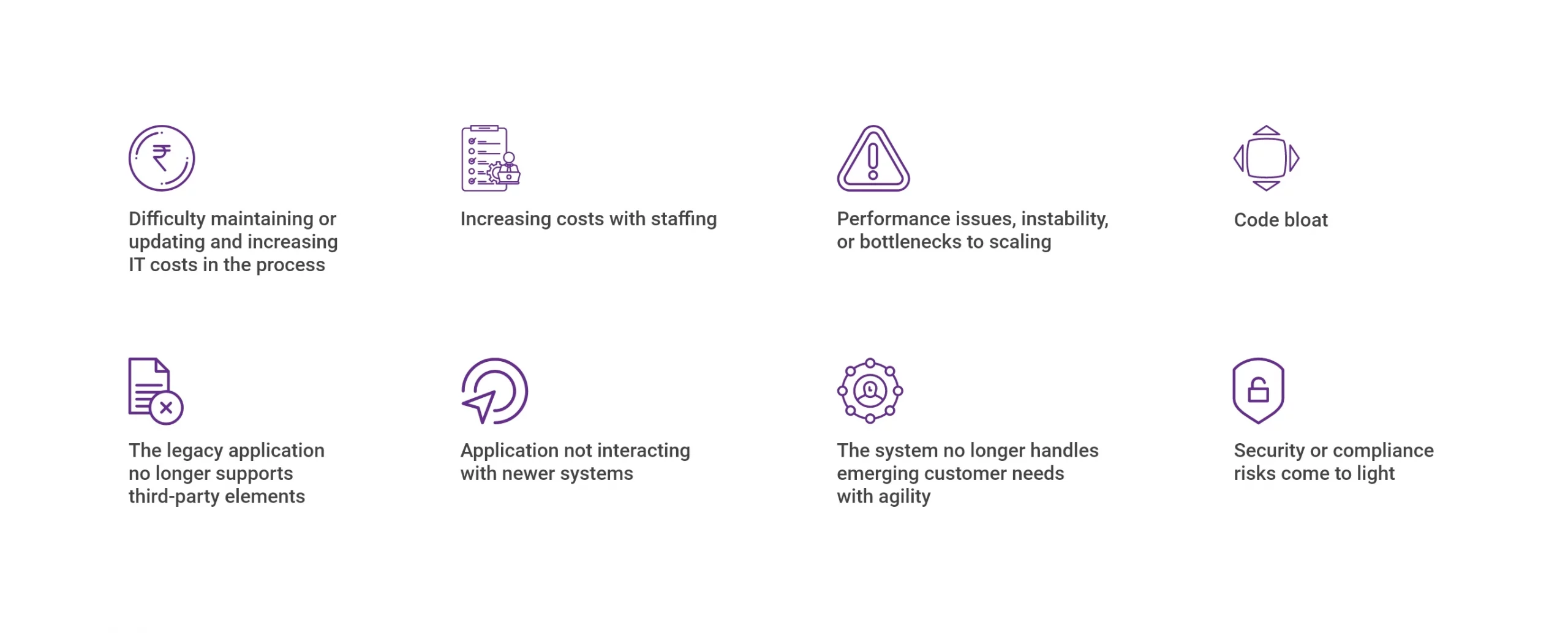
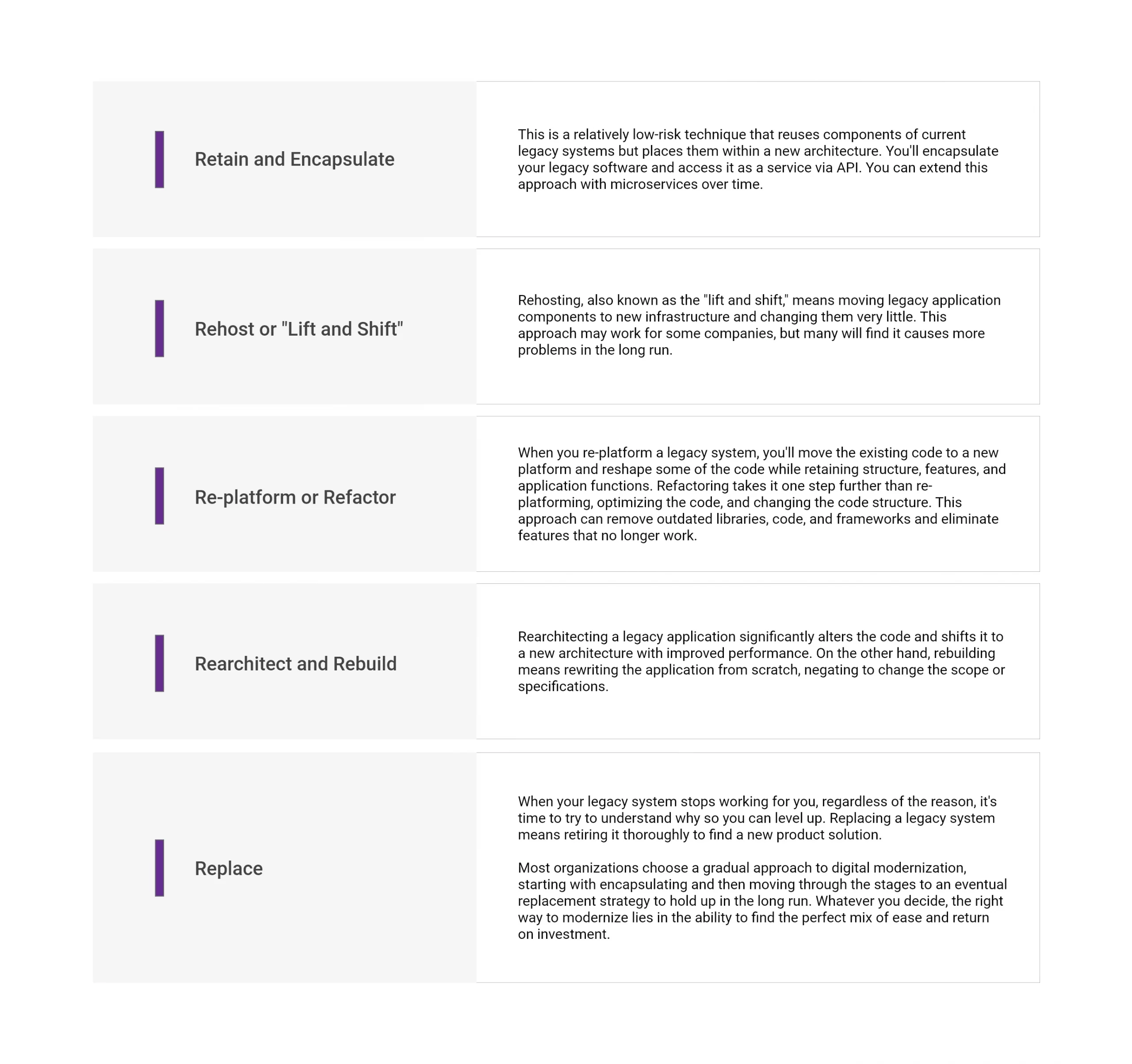

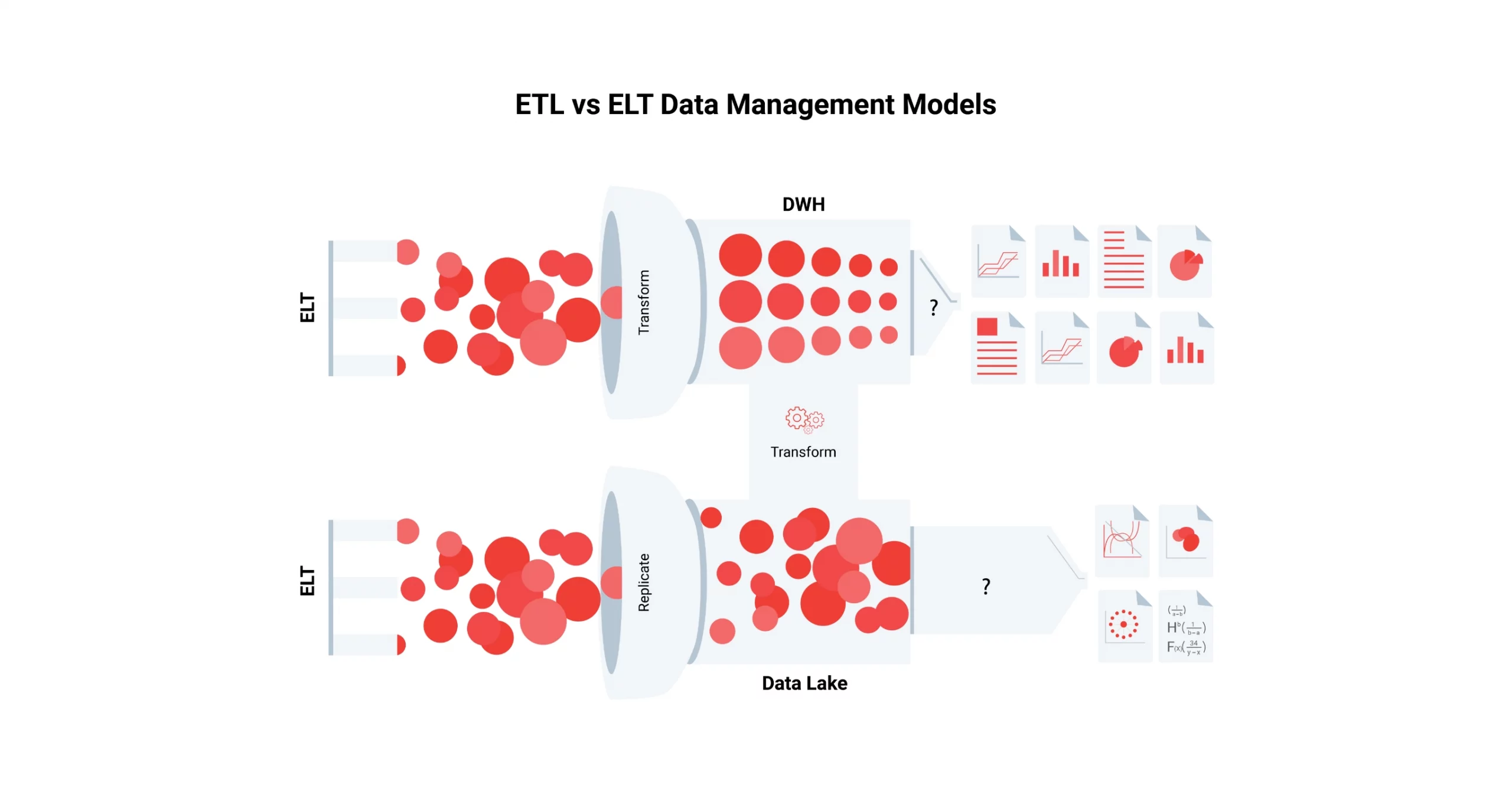


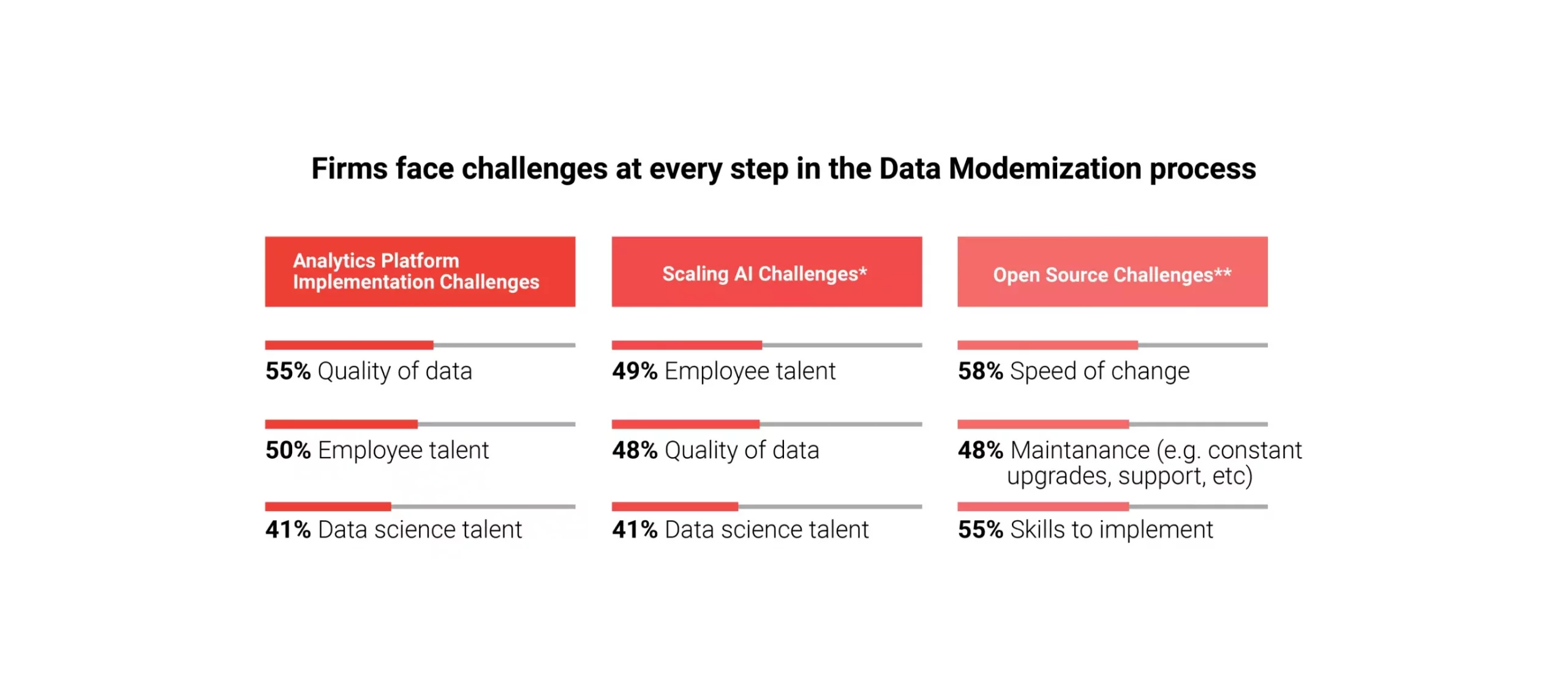
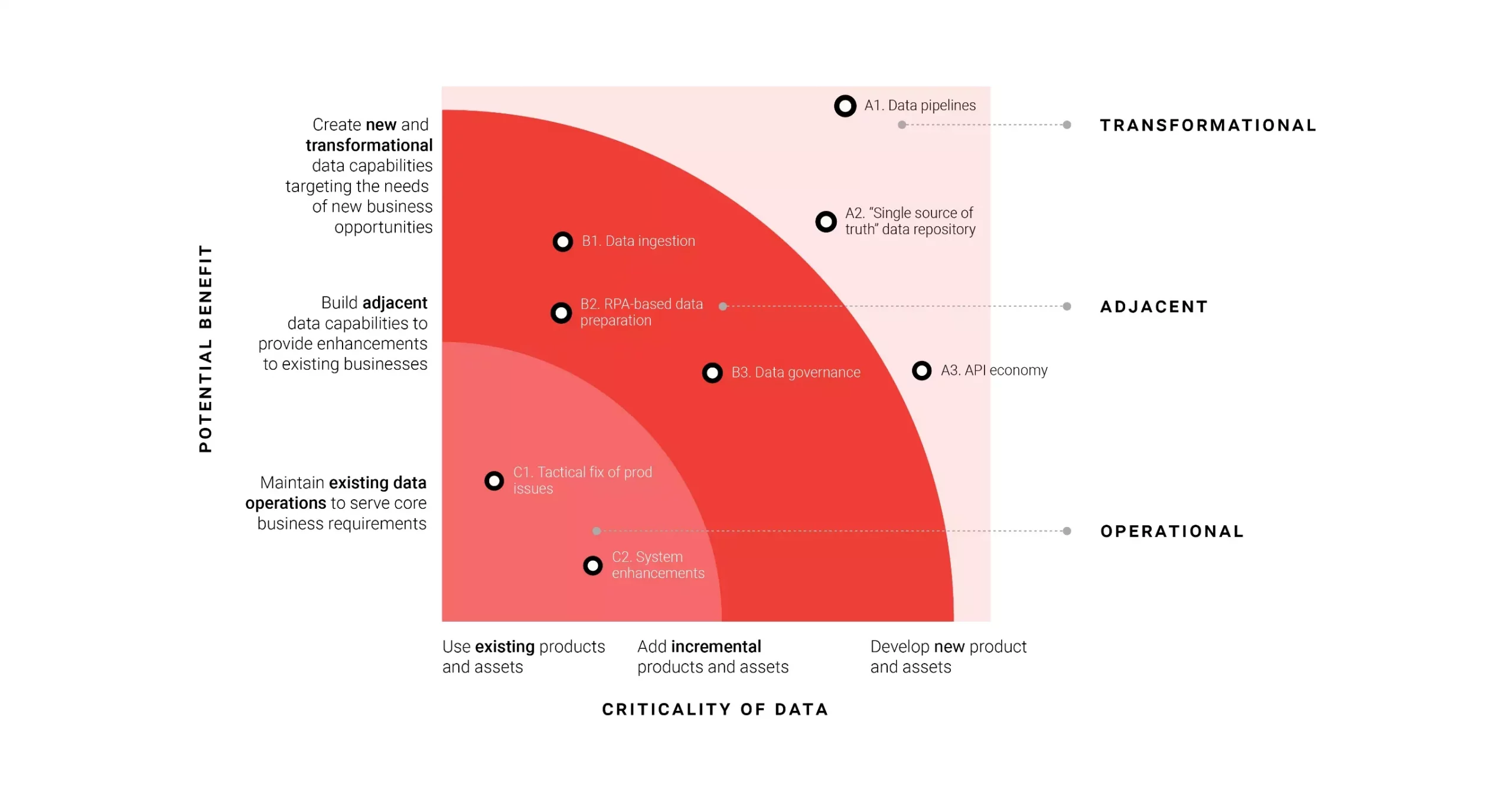
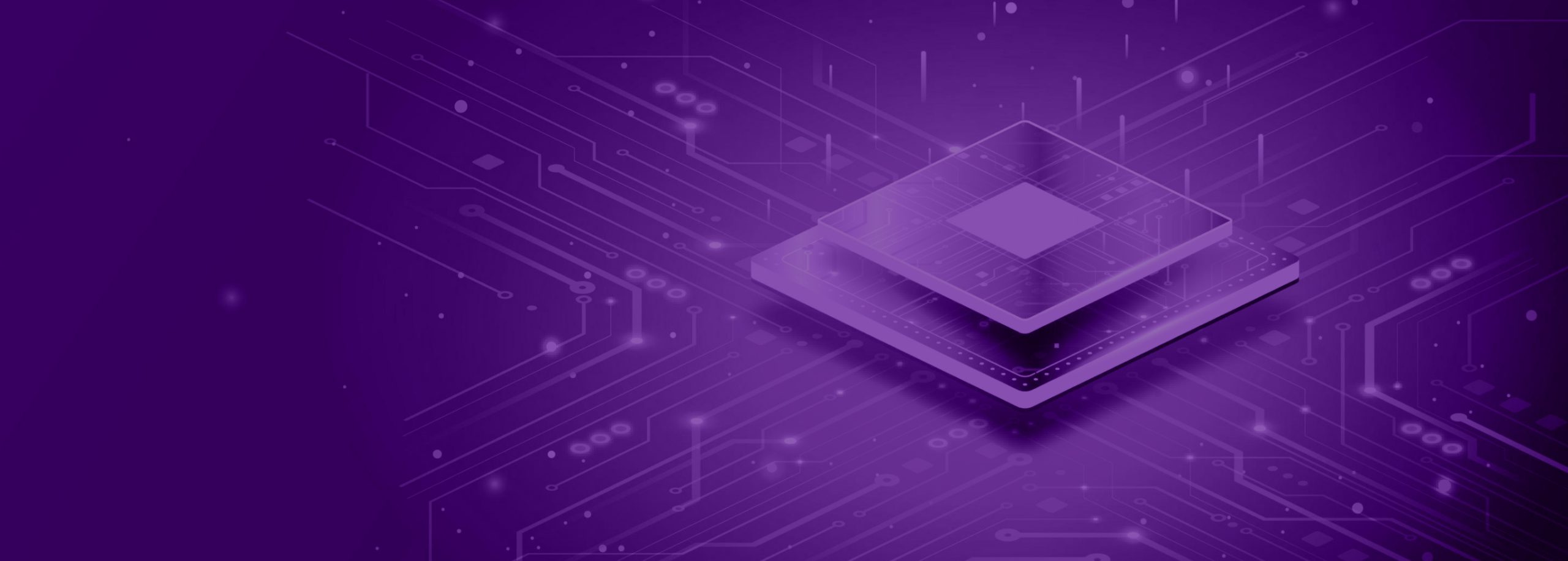
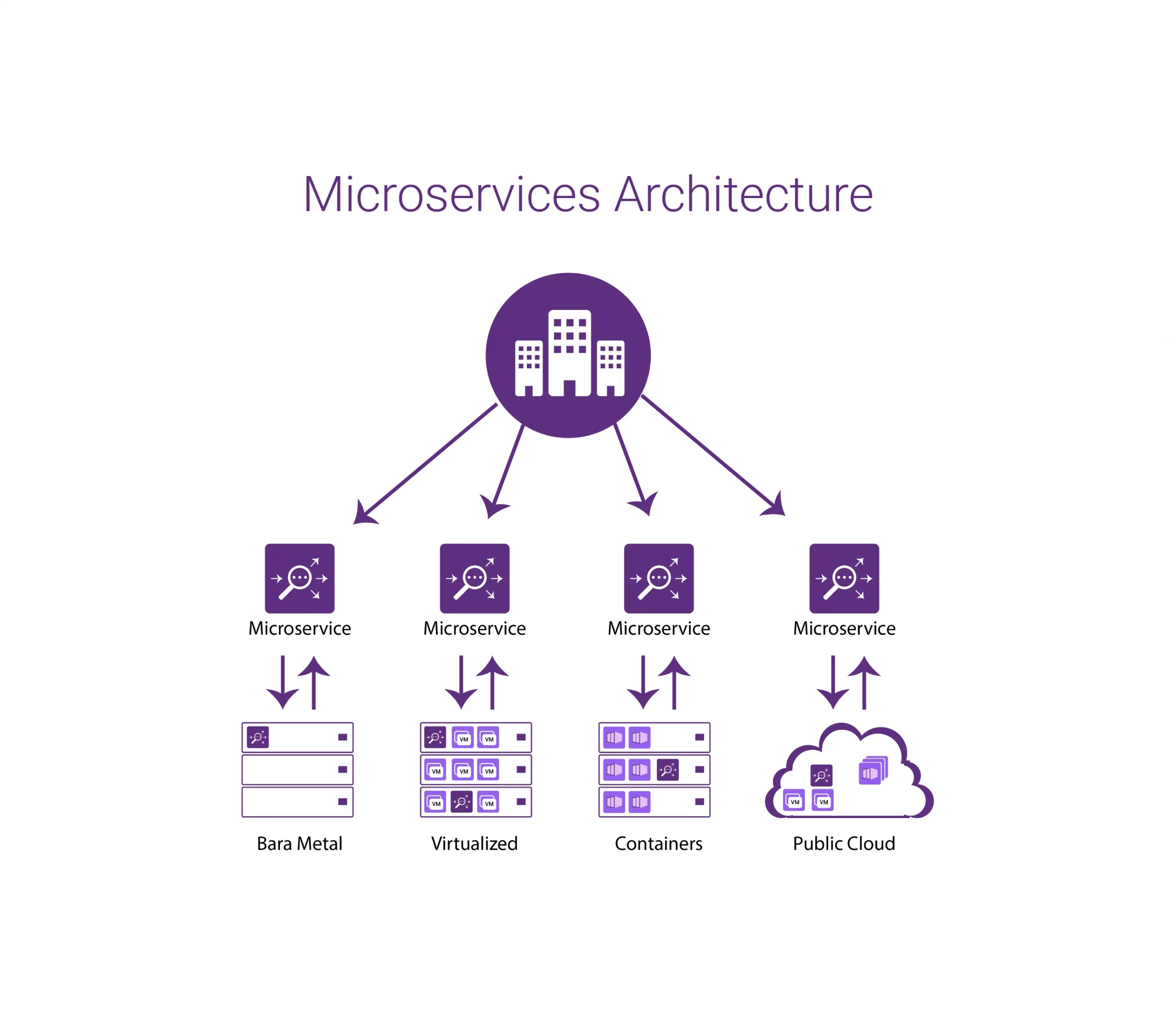
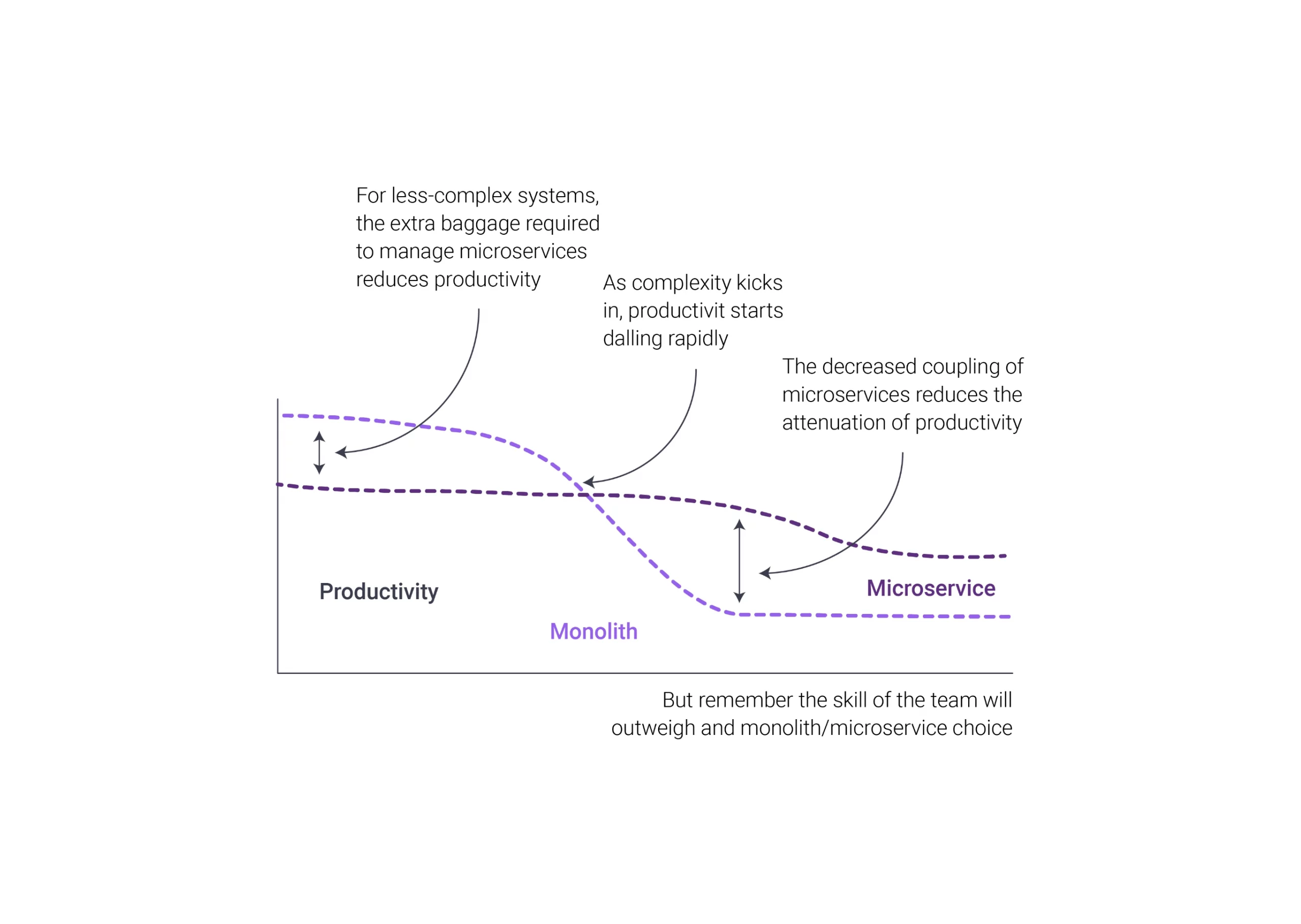

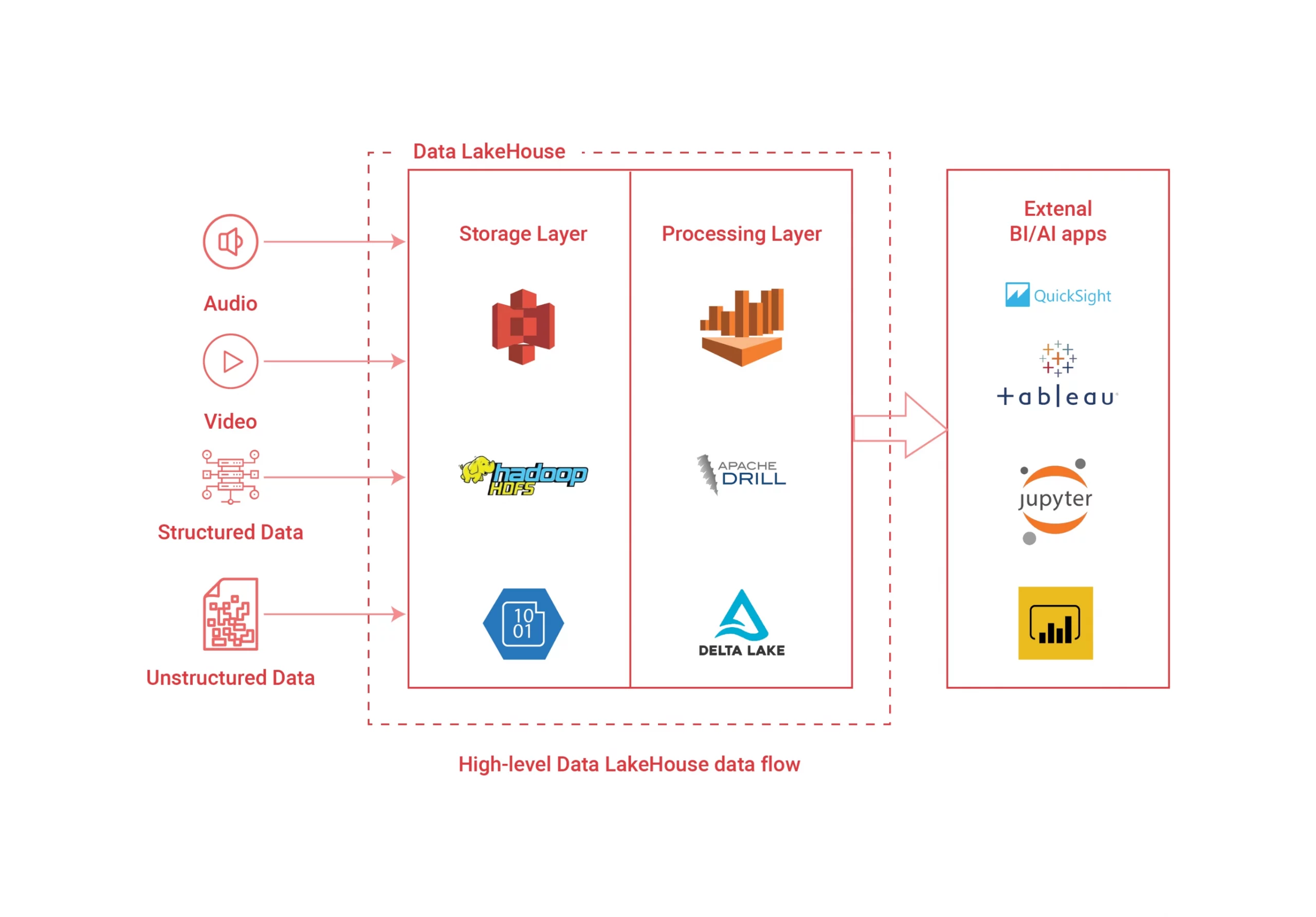








Recent Comments